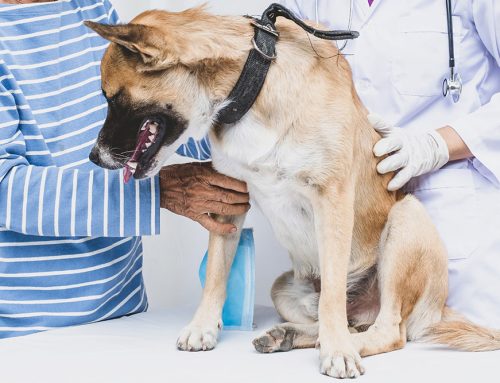Taking care of your pet’s health can be challenging, especially administering medication. You want your four-legged friend to stay healthy and happy, but giving them their meds can feel like a never-ending battle. At Adamson Veterinary Services, we understand the struggles and are here to help you make this go as smoothly as possible. Let’s dive into some tips from the pros to make this process easier to handle.
Talk with our veterinarian about medication resistance
First things first, chat with our veterinarian about any issues you’re having with medication resistance. We can offer helpful advice and might even suggest some alternative treatments. When dealing with a stubborn pet, staying calm is key. Pets can sense your stress, and it only makes the process harder for both of you.
Establishing a consistent routine is a game-changer that helps create a stress-free experience for both you and your pet. With a routine, your pet will know what to expect, and over time, medication administration will become just another part of the day.
How to medicate your cat
Cats can be particularly tricky about taking medication. Here are some pro tips to make it easier:
- Wrap your cat in a towel — Create a “kitty burrito” to keep those claws at bay. This can help keep your cat calm and give you better control.
- Pill pockets — These tasty treats can disguise the medicine, making it more appealing to your feline friend. It’s like hiding a brussel sprout in a piece of chocolate—genius!
- Crush pills with food — If the medication is safe to crush—always check with our veterinarian before doing so—mix it with a small amount of your cat’s favorite food. A little tuna or chicken can do wonders.
- Use a syringe — For liquid medications, using a syringe can be the easiest method. Just gently squirt the medicine into the side of your cat’s mouth. Take your time and avoid putting the syringe too far in, to prevent their aspiration risk.
How to medicate your dog
Dogs can be easier to medicate than cats, but they can still be a handful. Here’s a few tips on how to handle it:
- Pill pockets or treats — Like cats, dogs often fall for the old “hide the pill in the treat” trick. Choose a treat they can’t resist and hide the medication inside.
- Food — Some medications can be mixed with food. Check with our veterinarian, and if it’s okay, mix the pill with a bit of wet food or xylitol-free peanut butter. Most dogs can’t resist a peanut butter surprise.
- Pill poppers —These handy tools allow you to place the pill at the back of your dog’s throat, encouraging them to swallow it quickly.
- Syringes — For liquid meds, syringes can be effective. Squirt the medication into the side of their mouth and follow it up with a treat or praise.
- Positive reinforcement — Reward your dog with a treat, petting, or a fun activity after they take their medicine. They’ll start to associate medication time with something positive.
Applying topical pet medications

Topical medications are different from oral medications but are just as important. Here’s what you need to know:
- Monitoring — Keep an eye on your pet after applying the medication to ensure they don’t lick it off. This allows the medication to have enough contact time to be effective.
- Using a cone — Sometimes, an e-collar—the “cone of shame”—is necessary to prevent your pet from licking off medication. It might not be your pet’s favorite accessory, but it helps the medicine do its job.
Medicating your pet doesn’t have to be a battle. With the right approach and a bit of patience, it can become a part of your daily routine. If you’re having trouble with your pet’s medication administration, give our knowledgeable team at Adamson Veterinary Services a call. We’re here to help make pet care manageable for you and your best pal. Now, go give your pet a treat—they deserve it!







Leave A Comment